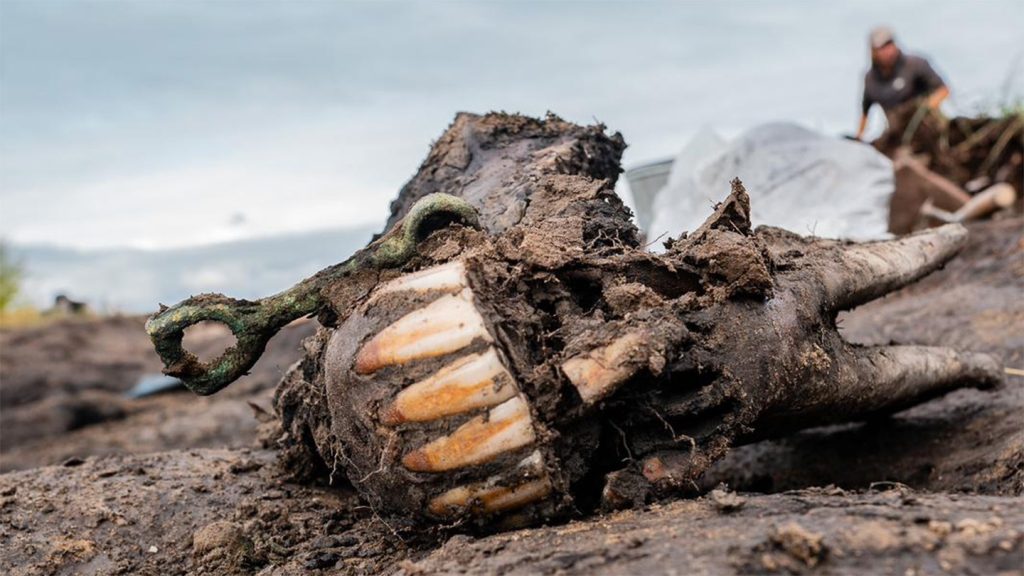A new study suggests that horse-riding Scythian herders and warriors living in Central Asia and Eastern Europe 2,500 years ago had cultural roots in Siberia thousands of kilometers to the east. One particular discovery at a roughly 2,800-year-old tomb in southern Siberia, known as Tunnug 1, provides evidence of a possible Scythian-style sacrificial ceremony for a king or elite individual buried there. This discovery includes artifacts such as bronze belt fittings, horse-riding gear, and arrowheads, all decorated with stylized animals similar to those found in later Scythian art.
The people at Tunnug 1 belonged to an unidentified herding population and their cultural characteristics found in this burial mound became significant to the Scythians further west. This suggests that Siberians on horseback travelled westward within a few hundred years, influencing the artistic and burial practices of the Scythians along the way. The artifacts and remains discovered at the Siberian site are believed to be remnants of a burial ritual similar to that described by Greek historian Herodotus for Scythian kings in Eurasia. Herodotus recounted a ritual where 50 servants were sacrificed and placed on 50 horses to form a group of “spectral riders” around the king’s burial mound.
Although the poor preservation of exposed bones at the Siberian site hinders the recovery of the exact number of people and horses buried there, remnants of birch stakes among the bones suggest a possible alignment with the spectral riders scenario described by Herodotus. The researchers involved in the study, led by archaeologist Gino Caspari from the Max Planck Institute of Geoanthropology in Jena, Germany, analyze the cultural connections and influences between the Siberian herders and the Scythians, shedding light on the rapid spread of artistic and burial practices across Asia.
Overall, the findings at the Tunnug 1 burial mound in southern Siberia provide valuable insight into the cultural and historical connections between the horse-riding populations inhabiting different regions in ancient times. The discovery of artifacts and remains from the burial site suggests a close relationship between the Siberian herders and the Scythians, indicating a swift transmission of cultural practices and influences across vast distances. This study highlights the importance of understanding the interactions and exchanges between different groups of people in shaping the artistic and burial traditions of ancient civilizations.


